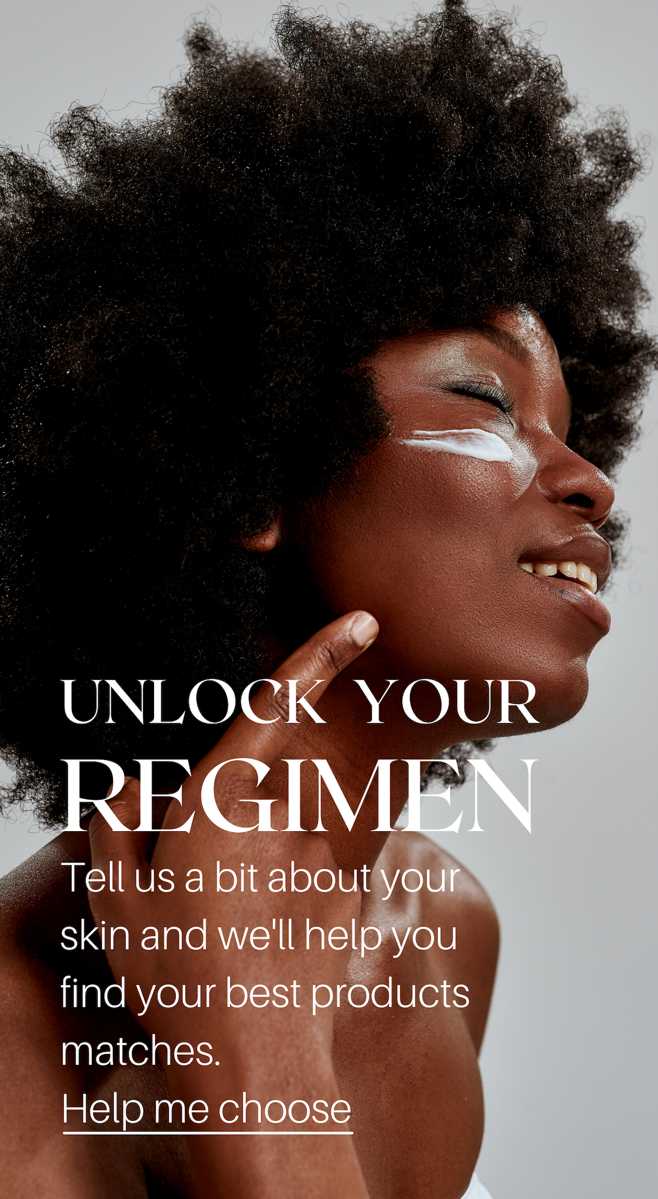New Products, New Problems? Ask The Chemist
MEET THE PROFESSIONALS:
Ask The Chemist
Series
New Products, New Problems?

Have you ever tried a new product only to have your skin breakout? Or show no initial reaction at all? At the other end of the spectrum, have you ever been concerned that your longtime favorite product has stopped working because you’re no longer seeing changes? Read on for the answers to these and other questions on the how and why of skin acclimation.
VIVANT
INQUIRES
Vivant's Senior Research Chemist Vanessa Campa explains what happens when your skin adjusts to new ingredients and formulations.

What does the term “acclimation” mean in skin care?
Ingredients like vitamin A (retinoids), alpha hydroxy acids, benzoyl peroxide accelerate cell turnover so when you use them for the first time, your skin will react. Micro-flaking and slight redness are normal. This is the conditioning phase when your skin is getting used to the product. When you stop seeing these reactions, your skin has acclimated.
Is irritation part of acclimation?
Products that are designed to have a transformative effect on the skin will create changes. Action causes reaction. However, if your skin is stinging, if redness is more inflamed than rosy, if skin feels dry and tight, these are not the kinds of changes you’re looking for. These types of reactions mean slow down. Reduce usage to once a day every other day and gradually ramp back up to daily usage.
Is a breakout part of acclimation?
When you experience a breakout after using a new product that is designed to accelerate cell turnover, the breakout is not the result of the product, but rather, the result of cell turnover drawing out comedones that were already forming under the surface. If, however, you experience breakouts after trying a product like a moisturizer, it’s likely that an ingredient in that product is clogging your pores and leading to new comedones.
Does my skin become immune to products after it becomes acclimated?
No. The fact that you’re not seeing the same reaction you did initially doesn’t mean that the product has stopped working. It means that you have reached optimum product benefit. Acclimation is maintenance mode. You’ve hit the peak. Your skin continues to benefit from the product.
Should I switch to another product when my skin becomes acclimated?
Certain ingredients—antioxidants, emollients, sunscreen—don’t require acclimation in the skin and therefore, don’t reach that maintenance plateau. With some, like retinoids (vitamin A) or alpha-hydroxy acids that do have an acclimation period, you can move up to a stronger concentration if you want to push your results further, but it is not necessary in order to continue to see benefit.
Vivant’s formulas are designed to be multi-tiered. In our vitamin A therapy, for instance, we recommend that everyone start with Derm-A-Gel. If you go straight to the stronger concentration, you may find your skin irritated initially. Once acclimated to the starter formula, you can stick with it to maintain results, or you may decide to move up to stronger formulations based on your skin type and goals.
How long does it take before I can expect to see results with a new product?
Everyone is a little different, but we recommend using Vivant products for a minimum of a month to see real results. That’s the length of time for a complete natural cycle of cell turnover. Vitamin A propionate accelerates the cycle to fourteen days, but since skin is acclimating, the full month is recommended. Any less and you won’t get a true picture of your results.


Comments
Re Joan:
We want YOU to be happy! Please send us an email to customercare@vivantskincare if you would like to return the system. We could also replace it with the Rosacea System 1, which will be gentler on your skin. Meanwhile apply on the Allantion lotion to take care of the dryness.
I started the rosacea regime yesterday and woke to find my face extremely red and very DRY-dry to the point where there are wrinkles. I am worried that I have spent $273 to make my very sensitive skin worse. I can’t go out looking like this.